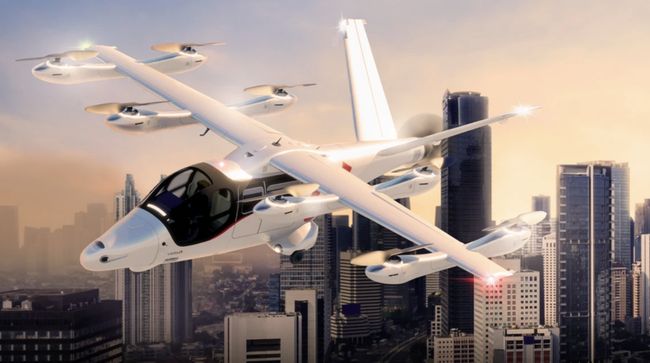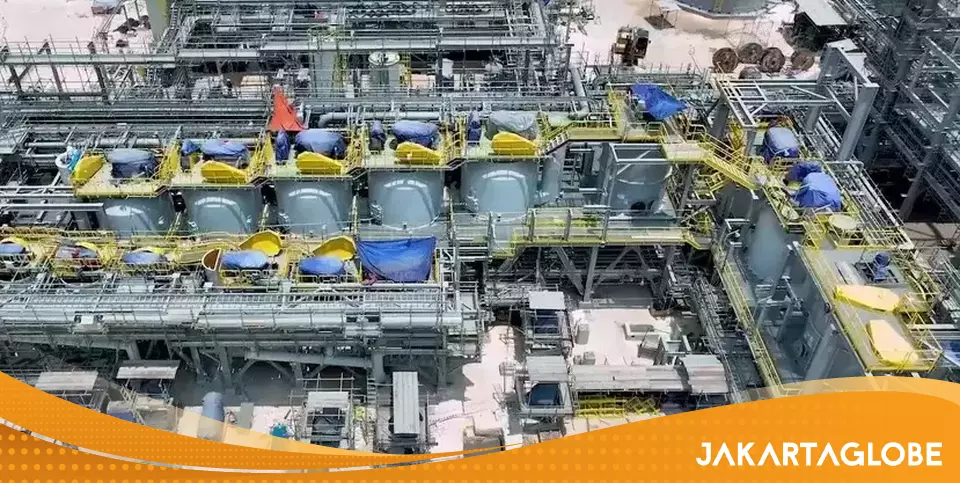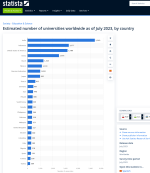NEO-1 Satellite Enters Final Completion Phase and Ready for Launch
Published on May 6, 2024
 Bogor-BRIN Public Relations.
Bogor-BRIN Public Relations. The National Research and Innovation Agency (BRIN) is developing a national satellite constellation for Earth observation. Unlike any other single satellite, the constellations consist of two or more similar moons orbiting in clusters. Its advantage, satellites get wider coverage.
The first satellite constellation to be developed is the Nusantara Earth Observation (NEO), which consists of two ultra-high resolution satellites, four high-resolution satellites, and two SAR (Synthetic Aperture Radar).
NEO-1 is a fourth-generation satellite or known as the A4. It will be more sophisticated because its load specifications are better than those of previous generation satellites such as EIGHT-A2 and EIGTH-A3.
M. Arif Saifudin, Senior Engineer at the BRIN Research Center for Satellite Technology, said that NEO-1 research is now entering the final phase of Assembly, Integration, and Test (AIT). This year, Research Center for Satellite Technology is targeting for the completion of its project and the preparation for its launch.
"The launch is planned between the end of 2024 or the beginning of 2025. The satellite was launched at an altitude of about 500 kilometers from the Earth's surface in a Sun Synchronous Polar orbit," he said in contact with the Public Relations Regional Team of BRIN at the Ibnoe Soebroto Science Area, Rancabungur, Bogor, Monday (6/5).
Arif said, NEO-1 has passed a series of tests, such as subsystem or component levels including functional testing, performance testing, and partly environmental testing. This is done to ensure that the components meet the requirements for use on satellites.
After the final assembly and integration is completed, continued Arif, then carry out system level testing including functional testing, vibration testing and Electromagnetic Compatibility (EMC) testing. "The satellite is ready to be launched if the entire AIT process and final testing are completed," he said.
This NEO-1 Chief Engineer explains that the main mission of the satellite is to observe the earth using the optical camera of the line scanner and the infrared thermal camera.
Further Arif explains, for optical cameras, NEO-1 carries a high-resolution multispectral camera that previously did not exist on the Eight-A3. Its resolution is 5 meters with a swath width (sapuan) of 33 kilometers. For medium-resolution cameras have a wider coverage than the medium resolution cameras on the EIGHT-A3 satellite, which is 16 meters with a swath width of 230 kilometers.
"With this camera, the NEO-1 image is expected to support remote sensing. It can be used for agricultural, forestry, marine, environmental, mapping, as well as other applications that use satellite image data," Arif said.
The satellite also carries an infrared camera from Hokaido University, Japan. The data can be used for hotspot observations of forest fires, volcanic activity from volcanoes, surface temperature measurements, and weather-related research.
NEO-1 also flew a maritime surveillance mission carrying a Space Based Automatic Identification System (AIS) Receiver load. This mission enables global maritime traffic observation, both for general and specialized monitoring related to safety and safety of maritime transport.
"The cargo or other payload that NEO-1 carries is a Magnetometer. The mission performs Earth's magnetic field measurement with better data receiver capabilities. The data could then be used by researchers for scientific missions such as monitoring symptoms or early signs of an earthquake by looking at changes in the magnetic field before the earthquakes occurred. The data can also be applied to geomagnetic activity," he said.
Another mission conducted by NEO-1 is low-datarate telecommunications from Indonesian startup, PT Netra.(dv/translator:akb)
Badan Riset dan Inovasi Nasional

www.brin.go.id

















